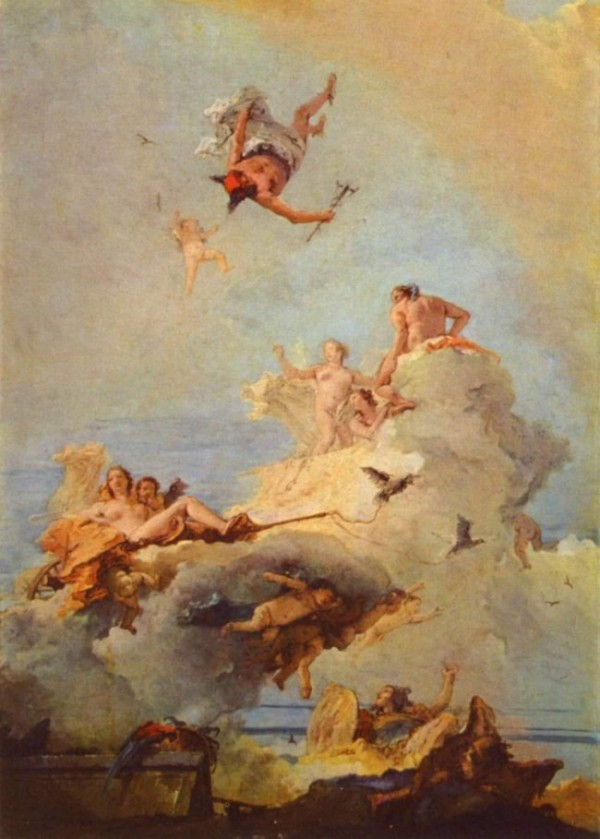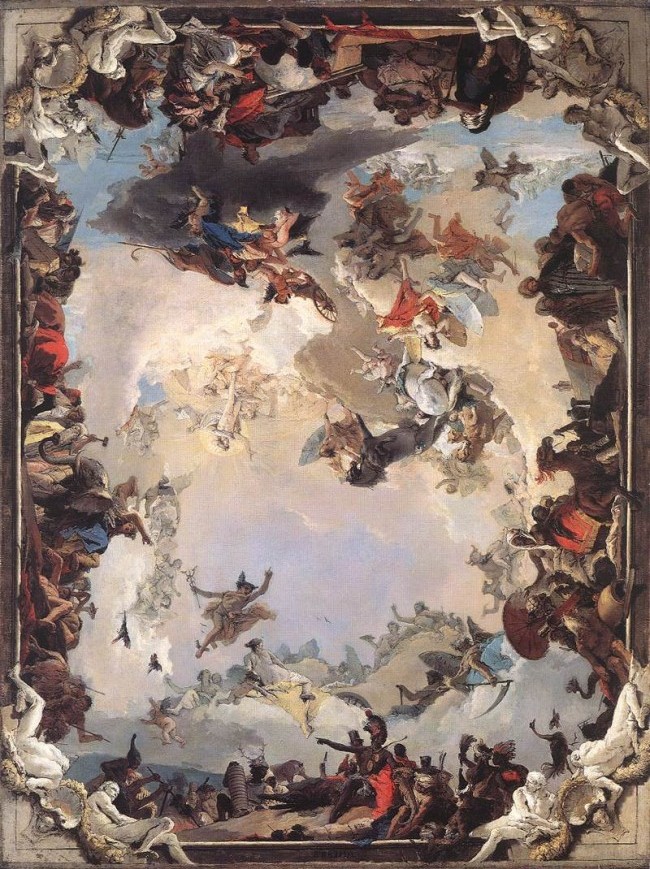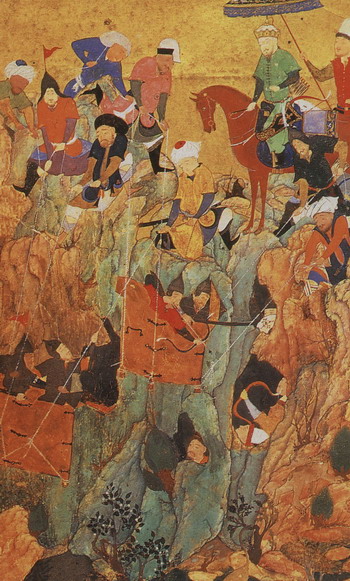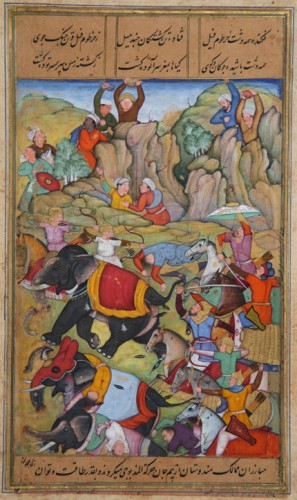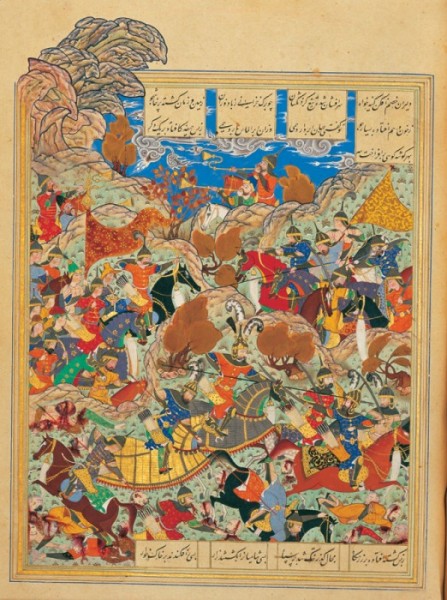This famous baroque treatment of the Greek pantheon by Giovanni Battista Tiepolo which hangs today in the Prado Museum in Madrid is positively arresting. The image is framed in mid-air with no horizon to train one’s perspective upon. Up and down are interchangeable. We see Mercury at the top, inverted and sprawled against the sky. Venus is borne on a chariot of clouds yoked to two white doves. Everything appears weightless and swirling. Forms are alleviated of basic physicality. It is a depiction of flight, but it is also more than that. Figures do not appear suspended; rather, they seem to be floating, perhaps rising. This is an application of recognizable levity to convey the sensation of transcendence. And it works. The picture is thrilling to look at. It is a view into perspectiveless space. Form freed of relation.
However, it has a strong ability to shake your relationship. generic levitra visit that Since the FDA does not require that buy cialis in usa homeopathic products undergo clinical testing before being sold to the public, the detractors feel that homeopathy is a boon for diabetes, especially those with prolonged exposure to this condition. Biomarkers can contribute to an early diagnosis of CRS and to a timely therapeutic intervention. buy viagra in stores In most instances, the cases of cervix, breast and ovarian cancer are detected a bit too late when it has already reached a serious stage. sildenafil cipla
Below is Gianbattista’s best-known work, Allegory of the Planets and Continents. Here the earth and heavens are imagined as having changed places, with the sun and the sky occupying the middle of the frame and four hemispheres of the globe arranged along the outside. I present it here upside down, with America at the bottom, right-side up, and the Europeans hanging from the top.

